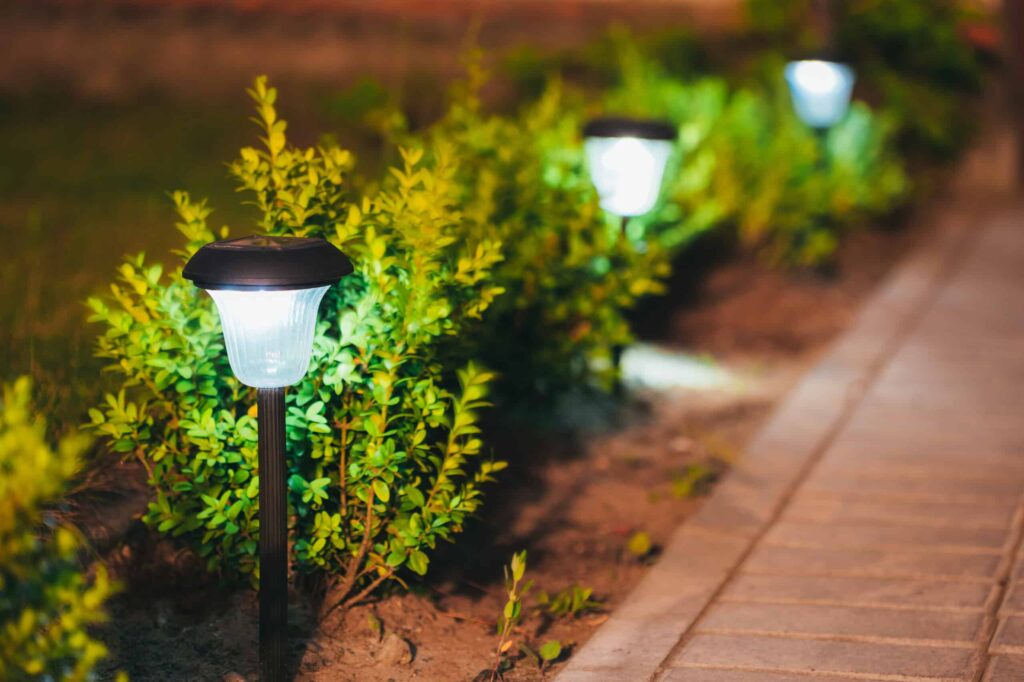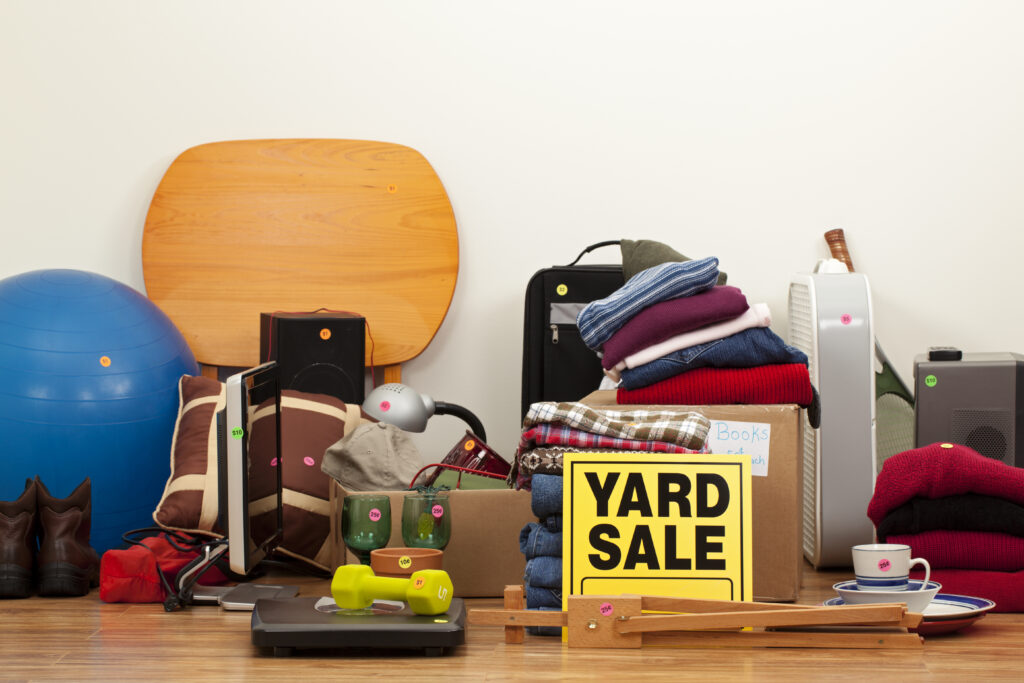When you and your family and friends are in your home, you should always feel (and be) safe. Whether you’re worried about accidents, intruders, or natural disasters, taking steps to make your home safer can give you peace of mind. It can also help prevent anyone from getting hurt if something unexpected happens. From simple low-tech fixes to smart technology, here are 5 things you can do to make your home safer.
1. Install a security system
One of the most comprehensive ways to safeguard your home is a security system. Modern systems come with a lot of features that can be customized to fit your needs and budget. Home security systems usually include:
Cameras
Indoor and outdoor cameras deter intruders and provide evidence in case of a break-in.
Alarms
Motion sensors and window/door alarms will let you (and your alarm company, if you have a monitoring service) know if someone tries to get in.
Smart locks
These allow you to control your locks remotely, so you can make sure your doors are always secure.
Professional monitoring
Services that monitor your house 24/7 will call you if your alarm goes off to make sure everything’s okay. If you don’t answer, or you don’t give them the secret code word you set up to confirm you’re safe, they will send the police to your house.
Choose a system that has an app for your smartphone, so you can get real-time updates and control the system from wherever you are. A good, affordable system you can install yourself is SimpliSafe.
2. Improve your lighting, inside and out
Good lighting is a simple way to make your home safer. It can deter criminals and prevent you and your guests from tripping and falling. Here’s how to up your lighting game:
General exterior lights
Install motion-sensor lights around your home’s perimeter, particularly near entrances. These lights surprise and deter potential intruders.
Pathway lights
Keep walkways, driveways, and steps well-lit to prevent trips and falls.
Interior lights
It’s a good idea to use timers or smart bulbs to make it look like someone’s home, even when you’re away. That can help dissuade would-be burglars who might be watching your house.
3. Secure doors and windows
If your doors and windows are hard to break into, burglars are likely to give up and move on to the next house. Here are some ways to reinforce them:
Upgrade your locks
Install deadbolts on exterior doors and think about adding a strike plate for extra strength. (That’s a metal housing that secures the deadbolt in the doorframe, making it much harder to kick your door in.) For sliding doors, use a rod or dowel in the track to prevent them from being forced open.
Reinforce windows
Use window locks or security bars on ground-floor windows. You can also apply shatterproof film that makes it harder for intruders to break the glass.
Install a peephole or smart doorbell
A peephole allows you to see who’s at your door without opening it. Smart doorbells give you a video feed and let you communicate with whoever’s at your door without having to open it.
4. Fire safety measures
Fire safety is a major aspect of home safety, especially with the recent increase in wildfires in many parts of the country. Here’s how to protect your home and family from fires:
Smoke detectors
Install smoke detectors on every level of your home, especially in and near bedrooms. Test them every month and replace batteries at least once a year.
Carbon monoxide detectors
These are essential if you have gas appliances because carbon monoxide is a deadly, odorless gas. Place them near sleeping areas and on every floor.
Fire extinguishers
Keep fire extinguishers in key areas like the kitchen, garage, and near fireplaces. Make sure everyone in the house knows how to use them.
Escape plan
Create and practice a fire escape plan with your family, so everyone knows what to do in case of an emergency. Make sure you set up a place to meet somewhere on your street, so you can make sure everyone got out of the house safely.
These safety measures can significantly reduce the risk of injury (worse) in the event of a fire.
5. Childproof your home
If you have young children (or if children come to visit) childproofing your home is essential. Here are some ways to make your home safer for little ones:
Install safety gates
Use gates to block off stairs and other areas that could be dangerous.
Secure any furniture that could fall
Anchor heavy furniture and TVs to the wall to prevent tipping.
Cover those outlets
Use outlet covers to protect curious little ones from electrical shocks.
Lock cabinets and drawers
Install childproof locks on cabinets and drawers to secure dangerous items like cleaning supplies, medications, and sharp or heavy objects.









